Since 2015, when the film “I see yellow flowers on the green grass” by director Victor Vu was released, the land of Phu Yen – now the eastern part of Dak Lak province suddenly became a phenomenon. A phenomenon not only of cinema but also of tourism, culture and love for the homeland.
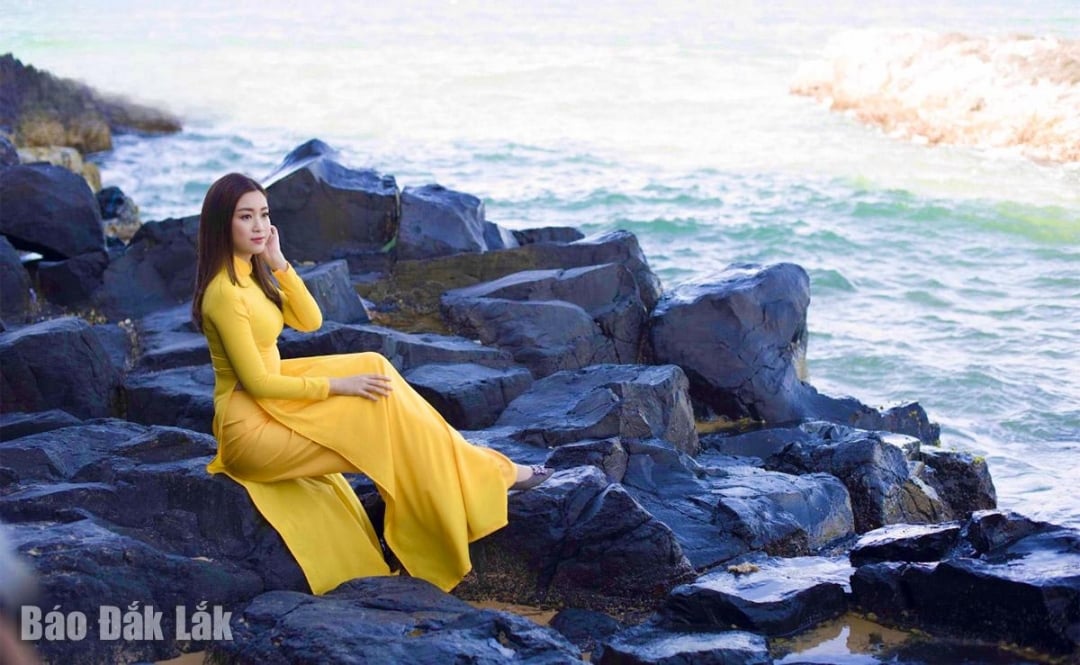 |
| Miss Vietnam 2016 Do My Linh checked in at Ganh Ong - Bai Xep, the main setting in the movie "I see yellow flowers on green grass". |
The film not only moves viewers with its simple childhood story but also leaves them amazed by the simple, pure, green beauty of the fields, beaches, and cliffs - all of which seem to come out of a dream. The footage filmed at Ganh Ong - Bai Xep has turned the phrase "yellow flowers on green grass" into a vivid symbol of the beauty of Phu Yen, a peaceful, wild, gentle but vibrant land.
Vietnamese cinema continues to return to Phu Yen through the film "Once upon a time there was a love story" (2023) as a continuation of emotions. There, the long grassy hills, the blue smoke of the afternoon, the quiet streams blend together, turning nature into a fourth character, reflecting the character's feelings and moods.
Director Trinh Dinh Le Minh once shared: “Phu Yen has many beautiful landscapes. Every time we film, it is a new discovery . And I believe that even if we make 10 more films, we still cannot tell all the beauty of this place.”
It is no coincidence that the phrase “yellow flowers on green grass” has gone beyond a movie title to become a cultural name, a symbol for the Eastern region of Dak Lak . Because this is a land with a wonderful blend of mountains – fields – sea. The coastal grasslands are covered with bright yellow wildflowers every spring, combined with the ocean waves and mysterious black cliffs of Ganh Da Dia, Ganh Ong, creating a breathtakingly beautiful scene.
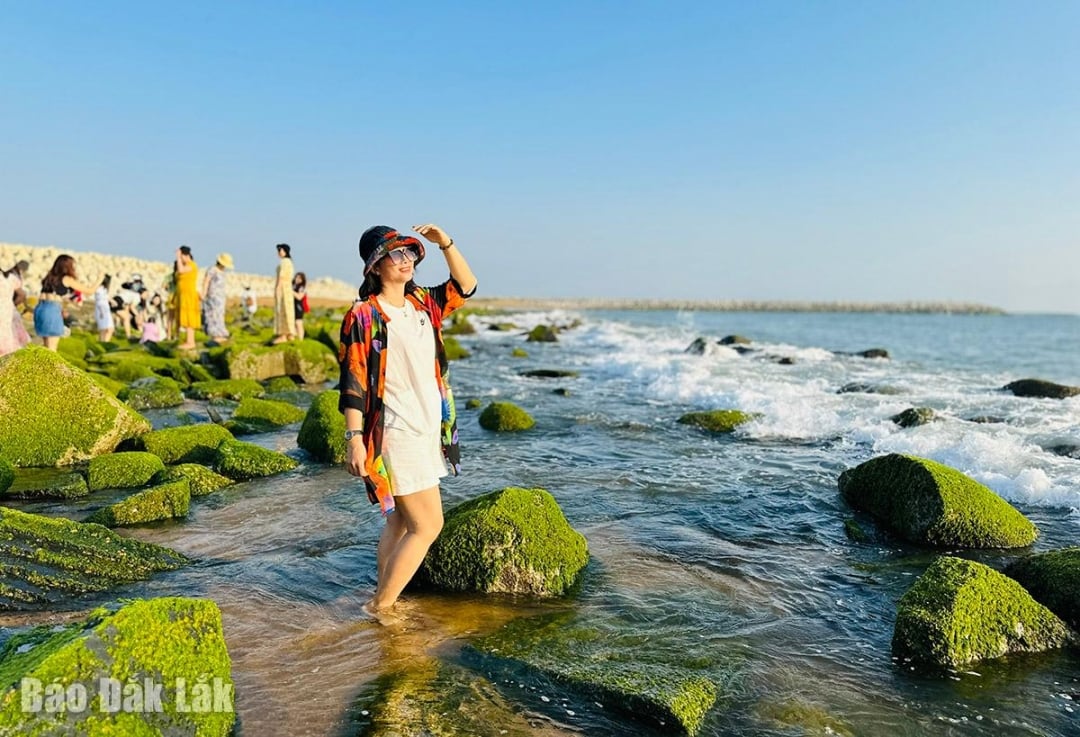 |
| Tourists take photos at the moss beach at the breakwater in Xom Ro area, Phu Yen ward. |
Green grass is the color of peace, of the cool countryside. Yellow flowers are the color of sunlight, of children's dreams. All of these combine to create a Phu Yen that is both poetic and real, and is a place where people return to touch the most primitive memories in their souls: "Lying still in the wind, listening to my heart beat / Suddenly seeing yellow flowers on the green grass" (Nguyen Nhat Anh).
Vietnamese cinema has been, is and will be an effective communication channel to spread the beauty of the new Dak Lak homeland and the whole country of Vietnam to the world. From “I see yellow flowers on the green grass” to “Once upon a time there was a love story”, and tomorrow it could be a journey from “blue sea waves to the great waterfalls” - a slogan that famous architect Ha Son, a son of the land of “yellow flowers on the green grass” is very fond of.
According to statistics from the Department of Culture, Sports and Tourism, from 2015 to now, there have been nearly 20 film and television projects choosing the eastern region of Dak Lak province as a filming location. It is hoped that the relationship between cinema and tourism will continue to develop and spread, bringing beautiful and impressive images of the homeland, country and people to domestic and international friends, gradually turning this land into a friendly destination for cinema.
Vietnamese cinema has been, is and will be an effective communication channel to spread the beauty of the new homeland Dak Lak and the whole country of Vietnam to the world. From “ I see yellow flowers on the green grass ” to “ Once upon a time there was a love story ”, and tomorrow it could be a journey from “blue sea waves to the great waterfalls”. |
After Phu Yen merged with Dak Lak, a new door opened: connecting sea and forest tourism, with the model of “blue sea waves - vast waterfalls”. This is not only a geographical combination but also an ecological and emotional resonance, opening up a unique and experiential travel journey.
The East of Dak Lak – the old Phu Yen region – is famous for its nearly 190 km long coastline, with dozens of pristine beaches, rich lagoons, and fascinating small islands. Meanwhile, the West of Dak Lak is a majestic wilderness, with forests, waterfalls, villages, and legendary gong culture.
A tour connecting from Bai Mon beach - Mui Dien (the place to welcome the first sunrise on the mainland of Vietnam), through Ca pass, then crossing the M'Drak and Ea Kar grasslands to Buon Don or Lak lake... will be a journey touching two extremes of nature: sea - forest, sun - mist, waves - waterfalls. On one side is fresh seafood, on the other side are mountain specialties; on one side is the O Loan fish festival, on the other side is the gong festival...
With its new position after the merger, Phu Yen is no longer a small coastal locality but has become the eastern gateway of the vast Dak Lak province. This strategic location allows the development of a tourism chain linking from the sea to the forest, from the plains to the plateaus.
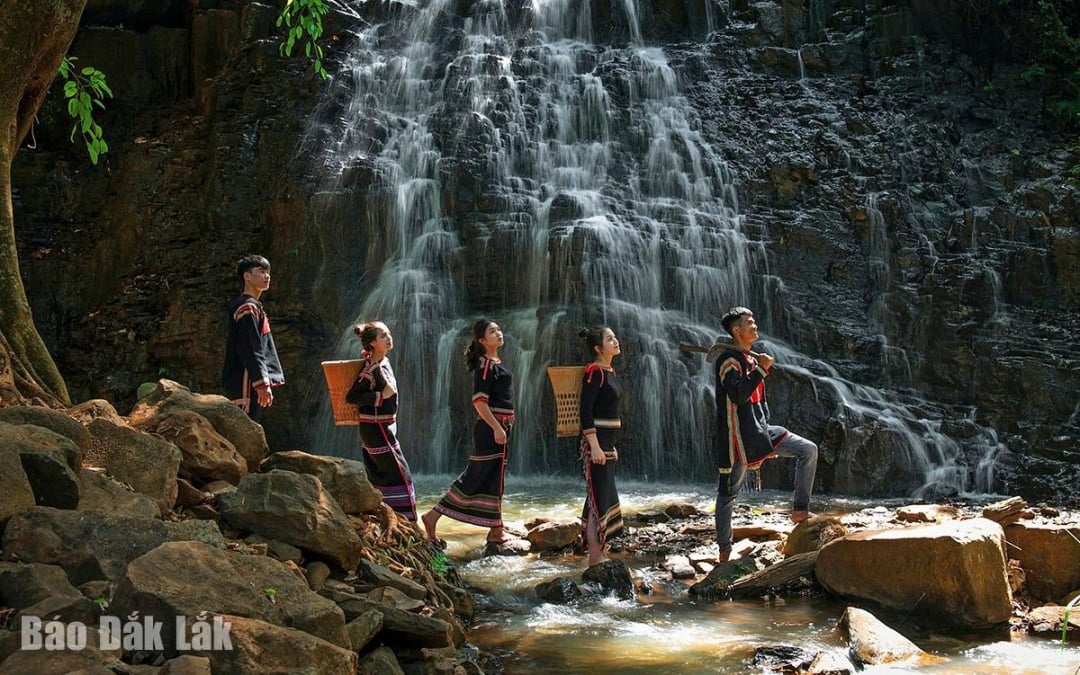 |
| Afternoon at Dray waterfall. Photo: Huu Hung |
The important thing is to preserve the wild beauty and develop it in depth, without concretizing or “acting” the landscape. Tourism must be considered a key economic sector but not trading identity and environment for rapid development. As Vice Chairman of Dak Lak Provincial People’s Committee Dao My affirmed: “We are ready to create the best conditions for film crews and tourism investors. But above all, the greatest desire is to preserve the “soul” and protect the environment of this land, that is the lasting value”.
Source: https://baodaklak.vn/tin-noi-bat/202507/mo-loi-du-lich-tu-bien-xanh-den-dai-ngan-42515d2/




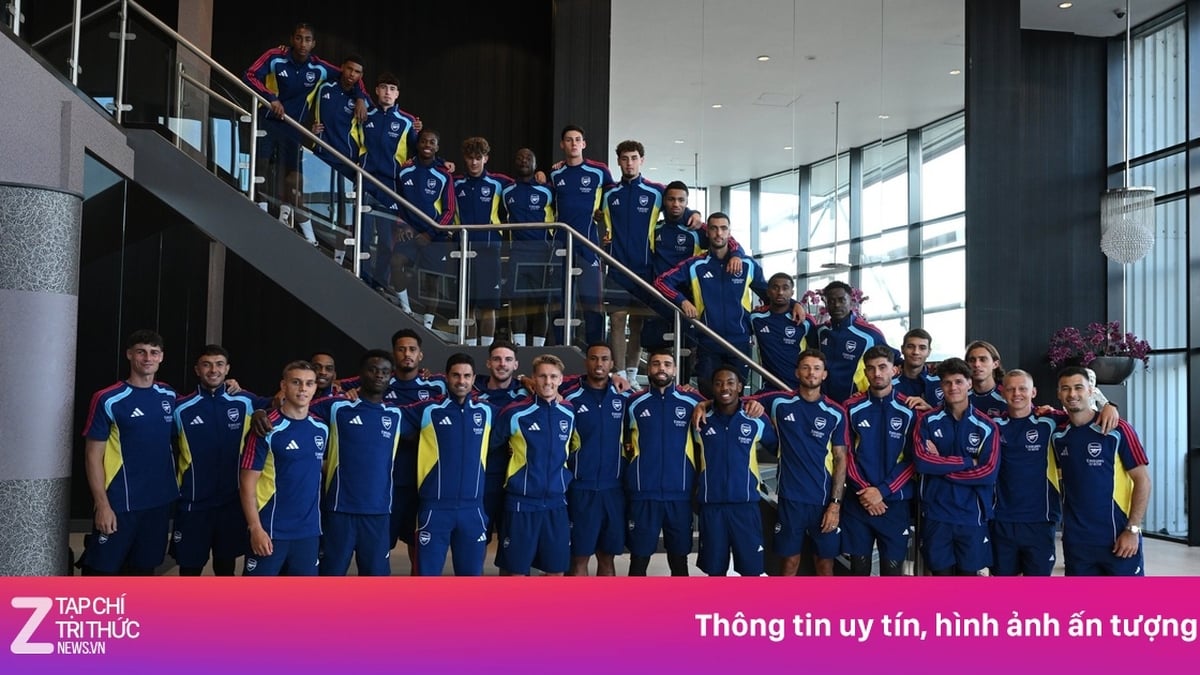
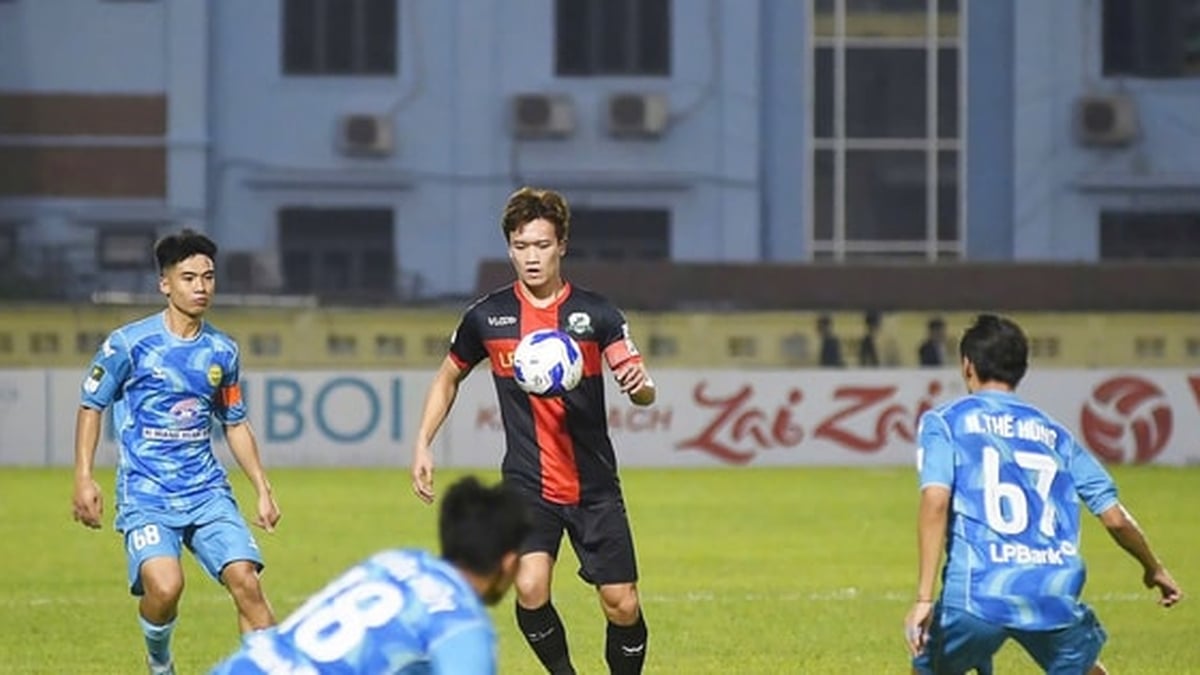
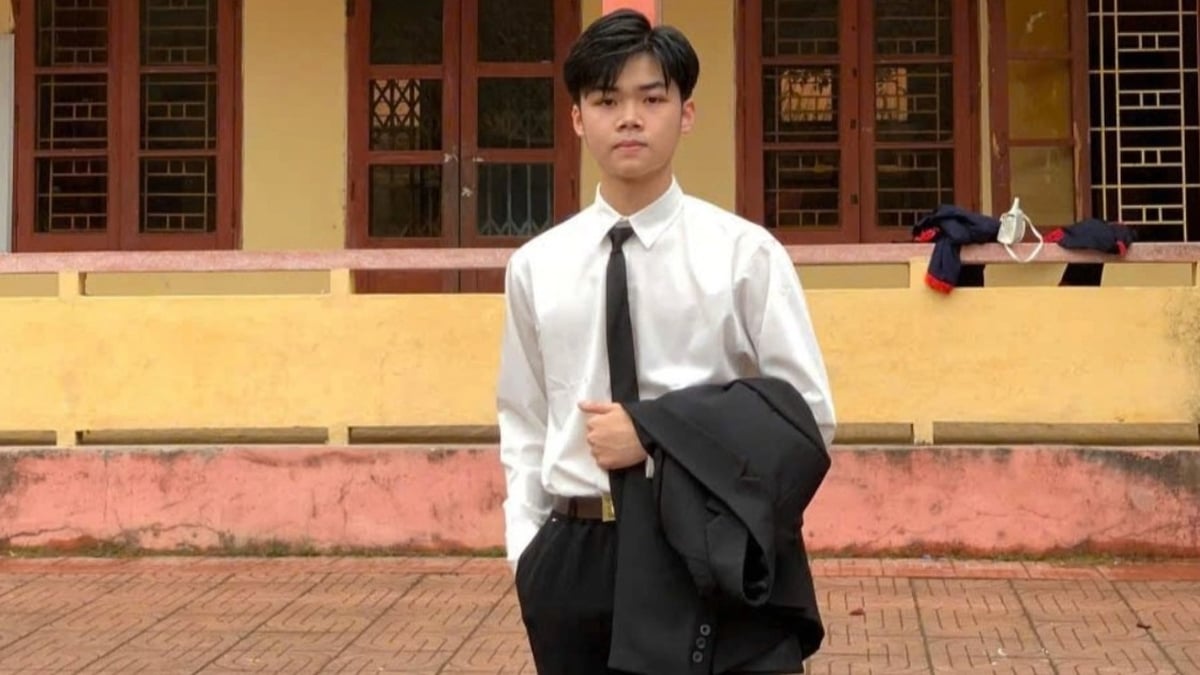
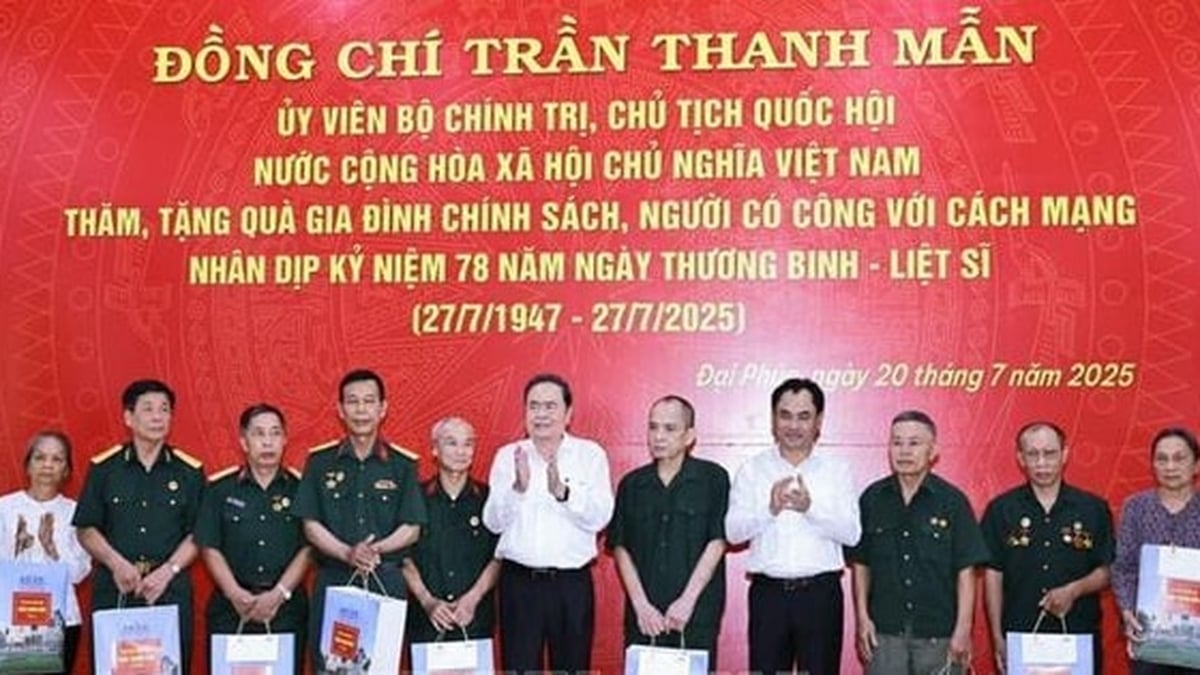
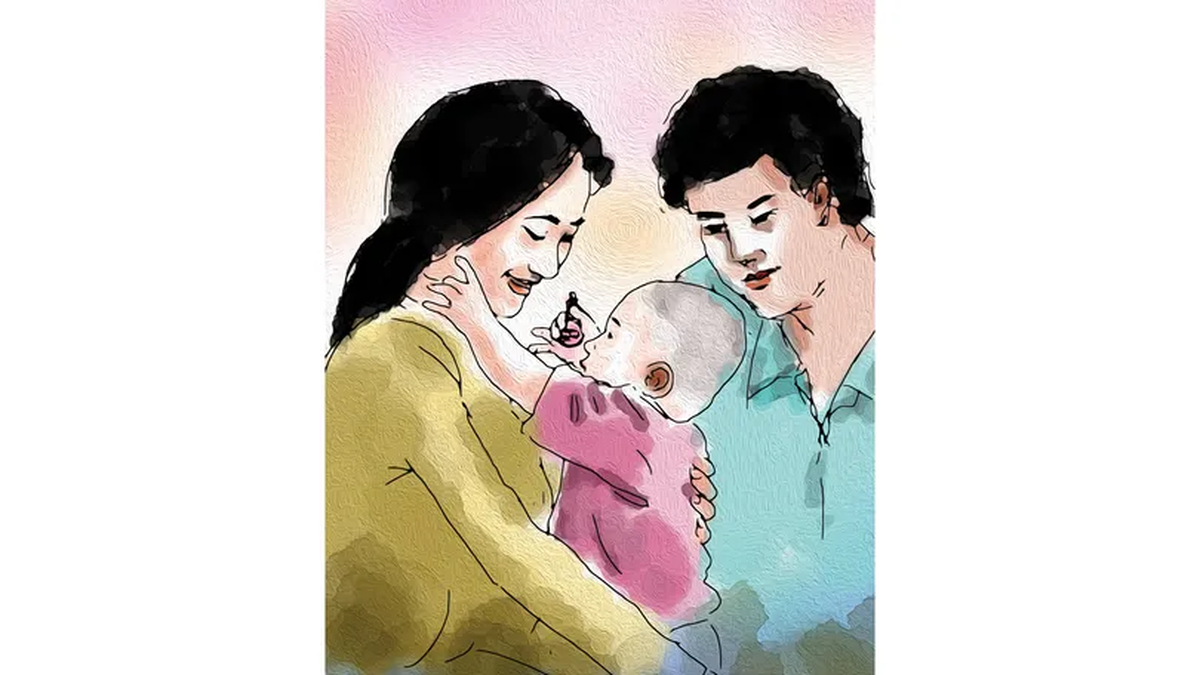

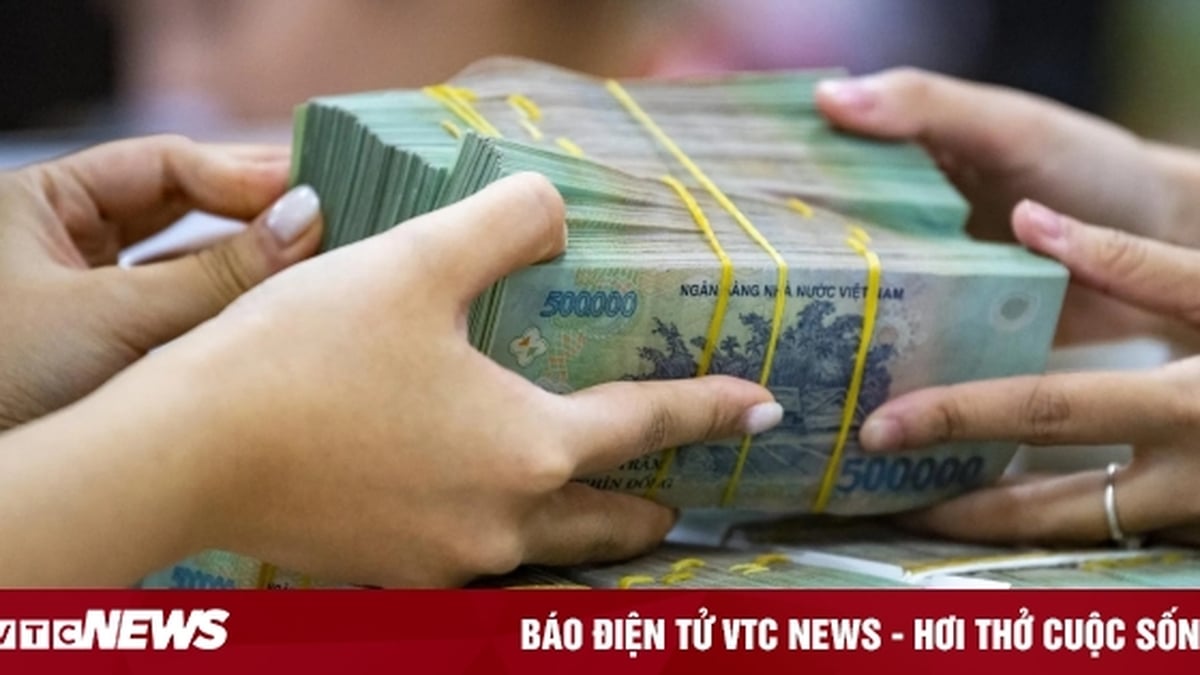
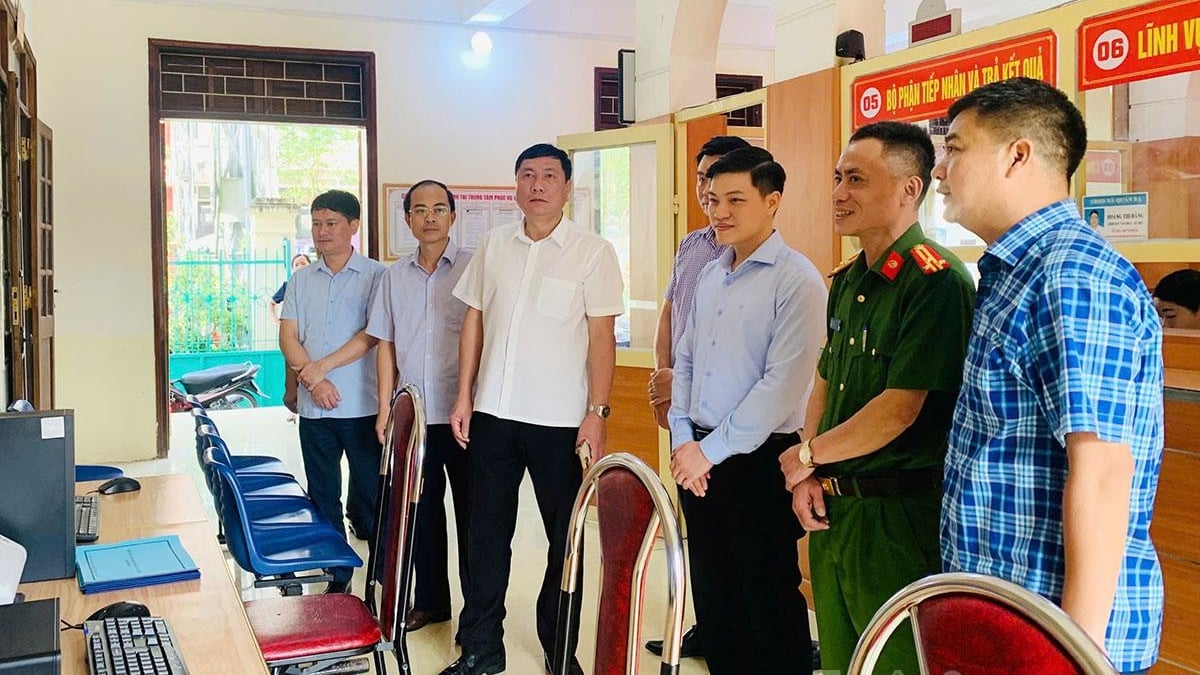












![[Photo] National Assembly Chairman Tran Thanh Man visits Vietnamese Heroic Mother Ta Thi Tran](https://vphoto.vietnam.vn/thumb/1200x675/vietnam/resource/IMAGE/2025/7/20/765c0bd057dd44ad83ab89fe0255b783)




































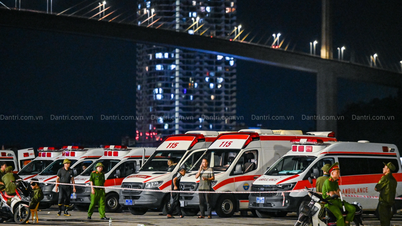
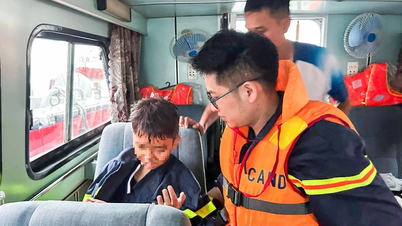

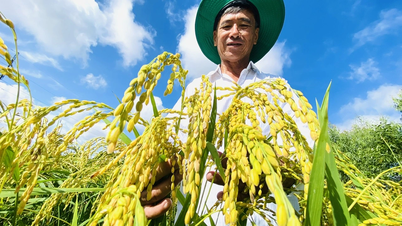
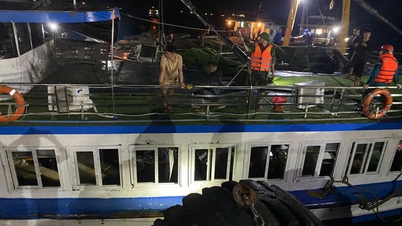
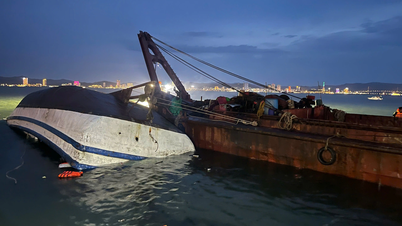

































Comment (0)